Rebecca Bair Builds Her Classroom Around Community
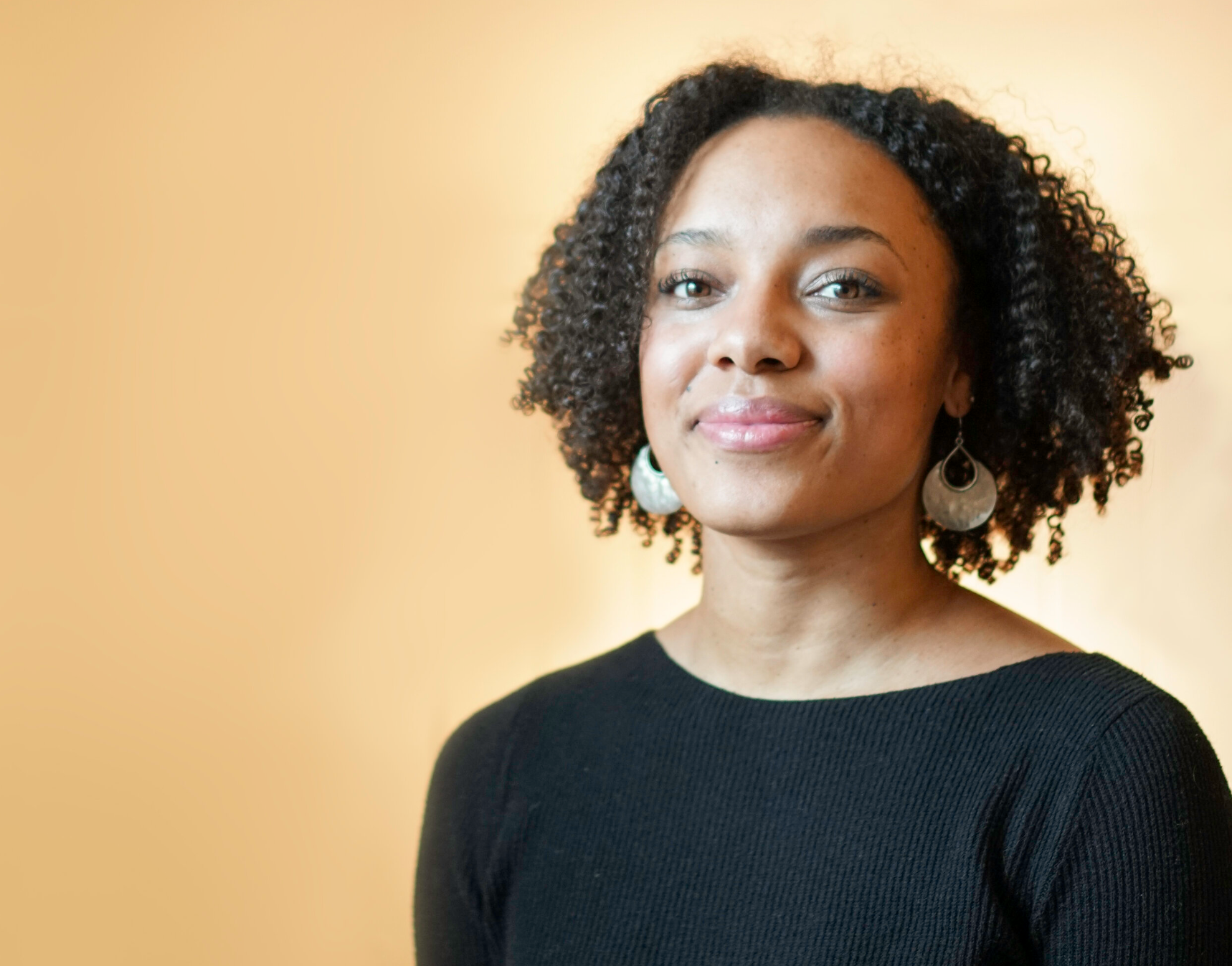
Posted on | Updated
The artist, educator and gallerist reflects on her love for institutions in need of fundamental change.
Loving something doesn’t mean the thing is perfect, artist and educator Rebecca “Becky” Bair (MFA 2020) tells me over the phone one Tuesday afternoon in August. In fact, she continues, it’s entirely possible to love something while at the same time recognizing the need for vast and important change.
This deeply human observation comes as Becky reflects on her relationship to teaching, to being a student and to postsecondary institutions more broadly.
“I think part of the reason I love those experiences so much — why I love research and academia and postsecondary learning so much — is actually because I recognize the need for change,” Becky says.
“I have a passion and a drive within me to make that change. And to be connected to other people who are also passionate about making that change happen is so exciting to me.”
At the time, Becky was only weeks out from embarking on the latest leg of her journey an educator — a teaching fellowship at OCAD University under the mentorship of Ashok Mathur, OCAD’s Dean of Graduate Studies and Interim Vice-President, Research & Innovation, and one-time Emily Carr University faculty member. Becky was one of 18 recent BIPOC graduates selected for the AICAD Post-Graduate Teaching Fellowship program, as high-achieving alums from AICAD (Association of Independent Colleges of Art & Design) member schools.
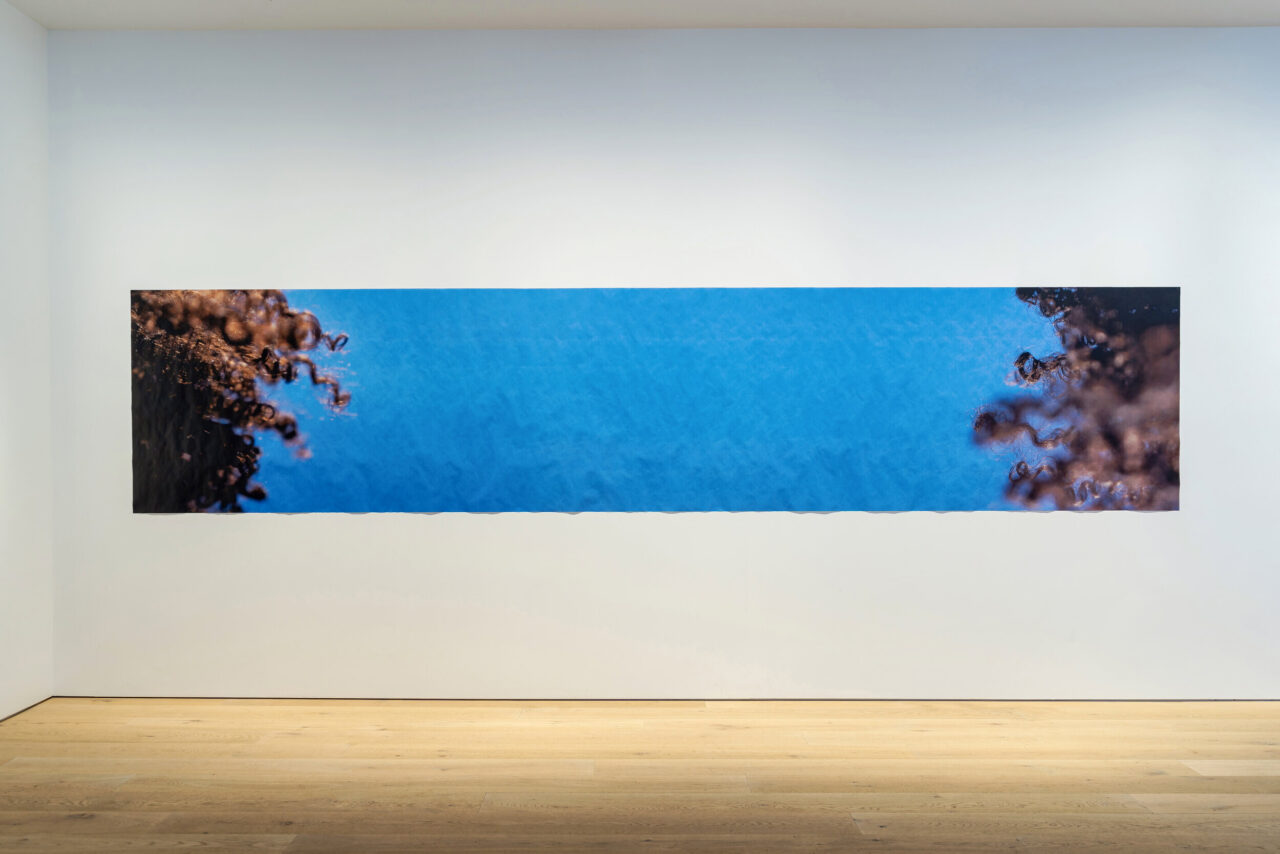
Rebecca Bair's Reach and Coil. (Photo by Akeem Nermo; courtesy Rebecca Bair)
Becky’s vision for institutional change comes from a place of lived experience. After six full years of undergraduate and graduate studies at two universities, Becky — a young Black woman — says her teachers rarely looked like her.
“I’ve maybe had two professors who were people of colour,” she says. “That feels major to me. And I want to work within institutions to figure out how we can ensure BIPOC faculty, BIPOC staff are being retained and supported. And then also how students are being supported and are being empowered to feel like they are real artists who are going into the world with all the tools they need — that they’ve gone through a system that prepared them for the outside world.”
In essence, Becky tells me, changing who universities are is a first, vital step to changing what they are and who they serve. Those goals are not served solely by institutional change at the level of policy, Becky notes. They’re accomplished by community-building. Undertaking that work from a place of understanding is also key, she adds.
“My students are going through things that I can’t even imagine, so I think the trick is to lead with empathy,” she says. “Lead with empathy, acknowledge that the priority needs to be community, and then the rest of the class can unfold from there.”
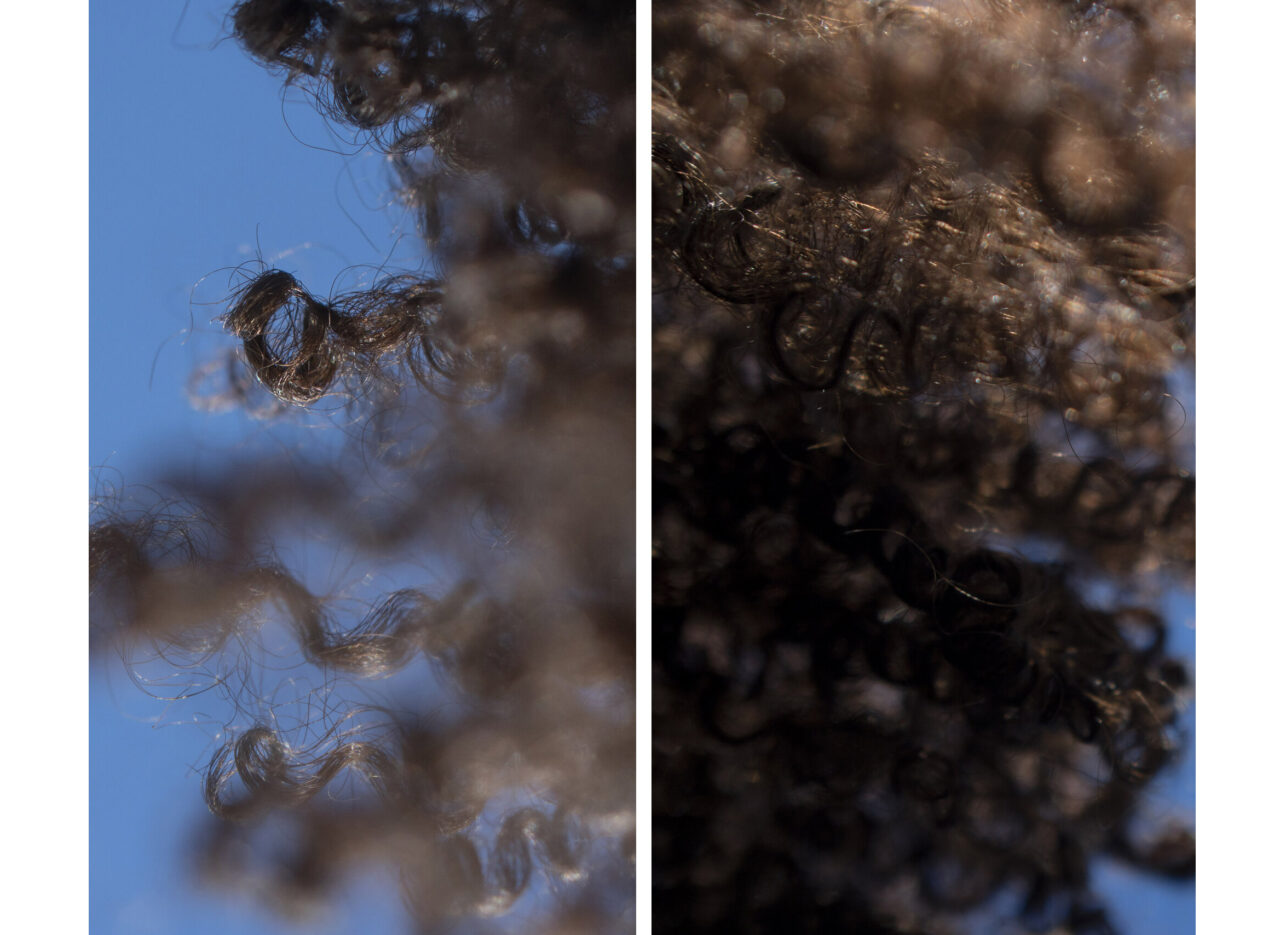
Details from Rebecca Bair's Reach and Coil. (Images courtesy Rebecca Bair)
This perspective also animates Becky’s research practice and art practice, which broadly aim to “change representation for Black women, and work through abstraction and non-figuration to do so.” As an artist, Becky’s work often rethinks representation via symbols, environmental factors such as the sun (the “creator of melanin”) and hair.
“For instance, I’m thinking about hair as a site for thinking through representation and culture and heritage, but also thinking about care and closeness, since all the traditions around hair are major sites for culture-creation and culture-sharing,” she tells me.
Her research, meanwhile, brings those themes into a more communal working environment.
“I think that’s the most exciting point for me right now, is this idea that potentially there’s space where I might be able to collaborate with other professors and other artists who are thinking through similar themes,” she says.
In part, this interest is what makes the OCAD fellowship feel like such an ideal fit. She is able to work with people like her fellowship mentor, Ashok, who she first met a few years ago when he visited ECU to deliver a talk. The pair immediately discovered common ground in terms of both practice and passion.
Meanwhile, the fellowship is far from Becky’s first experience with teaching or administration; during her MFA studies at Emily Carr, Becky also worked as a teaching assistant, a teaching fellow, a research assistant, in The Writing Centre, and as a union representative for graduate studies students, as well as sitting on various committees.
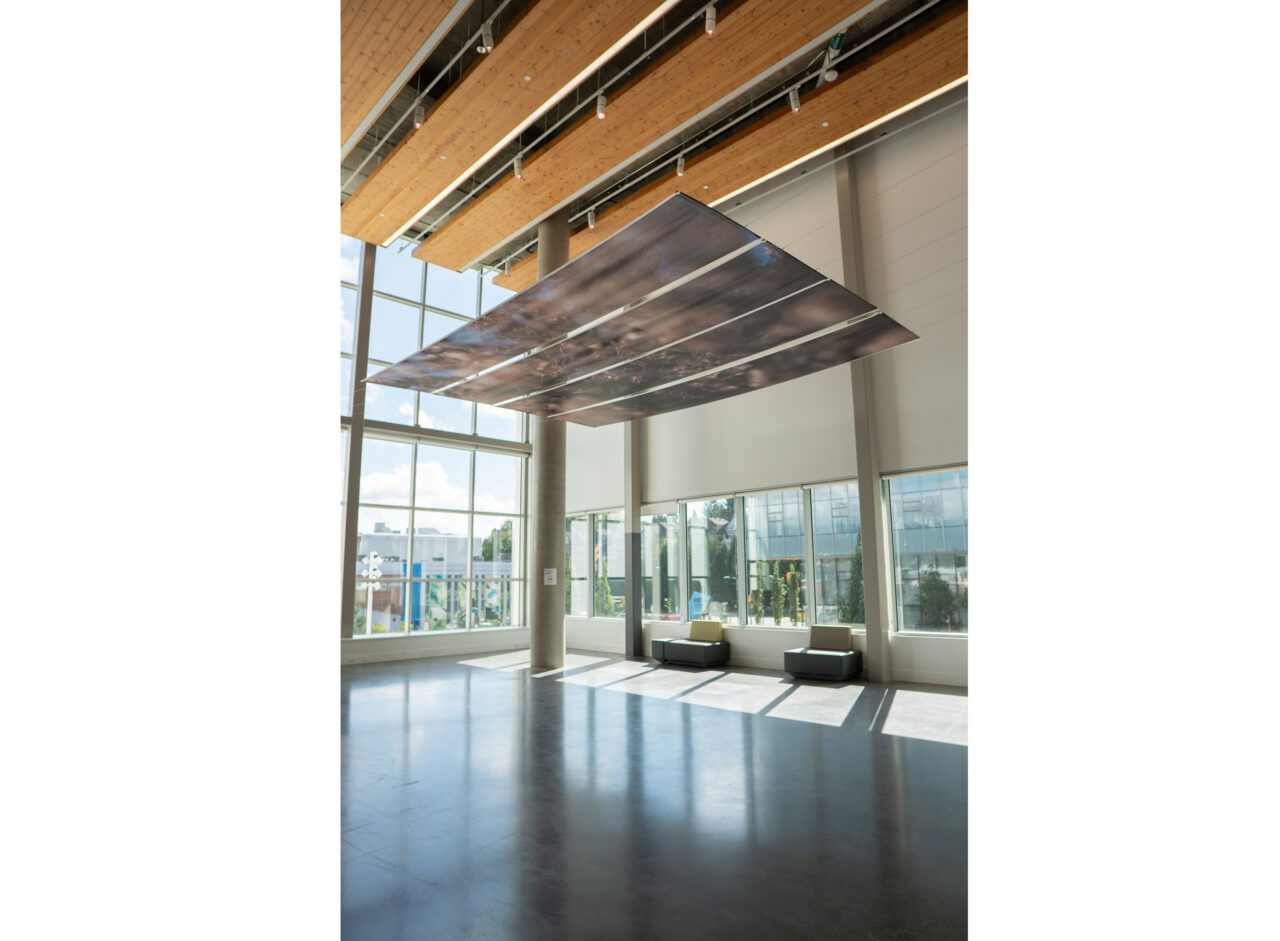
Rebecca Bair's Sky Light, installation view. (Image courtesy Rebecca Bair)
Teaching, she adds, is in her blood; Becky’s father and his parents were teachers. Conversations at home always took education’s value as a given, Becky says. Those conversations also understood education to possess a capacity for radical, comprehensive interpersonal support and elevation.
This familial faith in education’s transformative potential — as opposed to being a default agent of the status quo — is partly behind Becky’s insistence on transforming education, she suggests.
In a move aimed similarly at making space for people of colour in institutional spaces by which they’ve historically been excluded, Becky notes she is currently in the process of opening a Black-owned-and-operated gallery and community space called Black Arts Centre (BLAC), in Surrey, BC, right below Surrey Central Station. Still in its early days, Becky says she hopes to see BLAC open its doors sometime in the new year.
This is possible partly because Becky remains in Vancouver while she conducts her fellowship remotely, due to pandemic health concerns. Now well into her first semester with OCAD, Becky is teaching a photography class, co-teaching an interdisciplinary graduate-studies studio course and supervising a Master's thesis. But regardless of the subject, Becky notes her approach to education — and to transformation — begins and ends with the people around her.
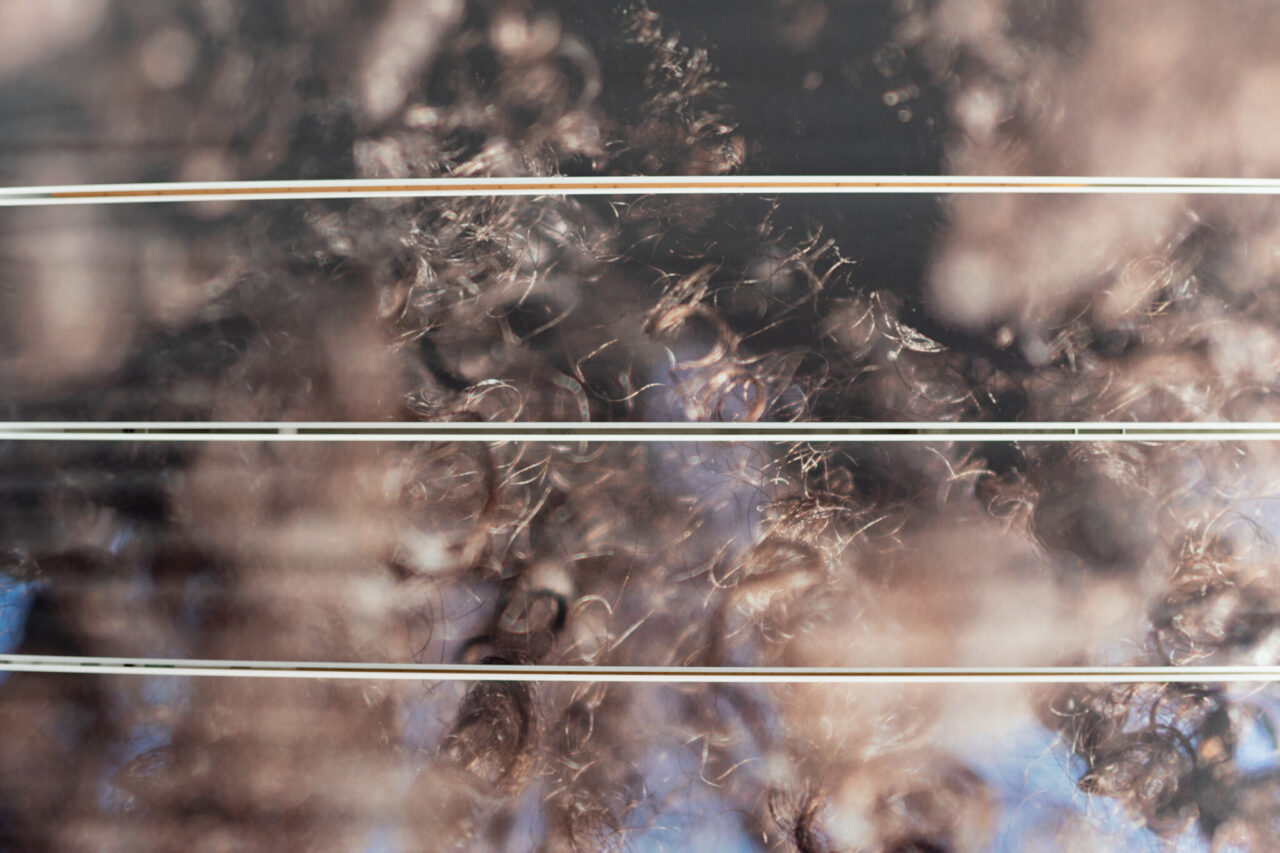
Detail from Rebecca Bair's Sky Light. (Image courtesy Rebecca Bair)
“My strategies are influenced, again, by people I’ve learned from or learned with, who make it so the classroom is first and foremost about community,” she tells me “However change comes to pass, it’s community-built; it can’t be imposed. It has to be built together.”
Visit rebeccabairart.com to learn more about Becky’s art practice. Go to blacartscentre.ca for details on the Black Arts Centre.
--
Visit ecuad.ca today to learn more about Graduate Studies at ECU.